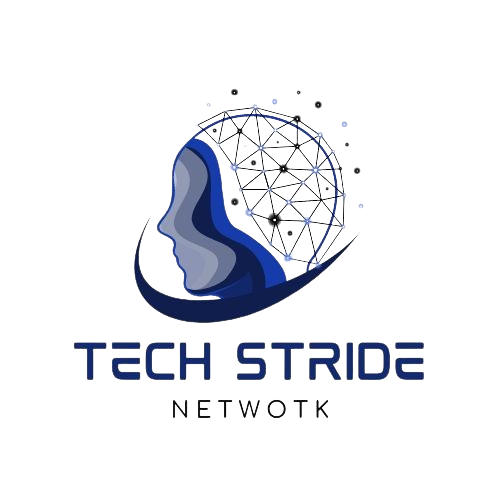In today’s data-driven world, the ability to extract meaningful insights from an ever-increasing volume of information has become a crucial competitive advantage. However, the data analysis process can be complex, time-consuming, and prone to human error. This is where artificial intelligence (AI) steps in, offering a powerful solution to streamline and enhance the data analysis workflow.
At PopAi, we firmly believe that by leveraging AI technology, organizations can unlock new levels of efficiency, accuracy, and actionable insights in their data analysis efforts. In this blog post, we’ll explore how AI can be utilized to optimize the various stages of the data analysis process.
Data Preparation: AI-Powered Cleansing and Integration
The first and often most time-consuming step in data analysis is data preparation. This involves tasks such as cleaning, transforming, and integrating data from multiple sources. AI-powered tools, like the ones offered by PopAi’s AI presentation tool, can automate and streamline these processes.
Machine learning algorithms can be trained to identify and address data quality issues, such as missing values, outliers, and inconsistencies. Natural language processing (NLP) techniques can be used to extract and structure data from unstructured sources, such as text documents and web pages. By automating these tedious tasks, AI can help organizations save valuable time and ensure the integrity of their data, laying the foundation for more accurate and insightful analysis.
Data Modeling and Analysis: Intelligent Algorithms at Work
Once the data is prepared, the next step is to apply statistical and analytical techniques to uncover patterns, trends, and meaningful relationships. This is where AI’s prowess in machine learning and deep learning shines.
AI-driven data analysis tools, like those available in the PopAi platform, can leverage a wide range of algorithms to build predictive models, cluster data points, and identify hidden correlations. From supervised learning techniques, such as linear regression and decision trees, to unsupervised methods like K-means clustering and principal component analysis, AI can handle a diverse array of analytical tasks with speed and precision.
Moreover, the latest advancements in deep learning have enabled the creation of sophisticated neural network architectures, such as convolutional neural networks (CNNs) and recurrent neural networks (RNNs), that can tackle complex analytical challenges, such as time series forecasting and natural language processing.
Insight Extraction and Visualization: AI-Powered Storytelling
The final step in the data analysis process is to translate the findings into actionable insights and effectively communicate them to stakeholders. This is where AI-powered data visualization and natural language generation (NLG) come into play.
AI-driven data visualization tools, like those offered by PopAi, can automatically generate customized charts, graphs, and dashboards that highlight the most important patterns and trends in the data. By leveraging machine learning algorithms, these tools can identify the most relevant visualizations and optimize them for clarity and impact.
Furthermore, AI-powered NLG can be used to automatically generate narrative summaries and insights from the data analysis results. These AI-written narratives can provide concise, easy-to-understand explanations of the key findings, empowering decision-makers to make informed choices based on the data.
Conclusion
As the volume and complexity of data continue to grow, organizations that embrace AI-powered data analysis tools, such as those provided by PopAi, will be better equipped to stay ahead of the curve. By leveraging AI to streamline the data analysis process, from data preparation to insight extraction, businesses can unlock new levels of efficiency, accuracy, and strategic advantage.
At PopAi, we are committed to delivering innovative AI presentation solutions that empower organizations to optimize their data analysis workflows and uncover the most valuable insights hidden within their data.

